Most Beautiful Pink Flowering Tree Florida | Our Top Picks For The Best 14 Pink Flowering Trees In Florida
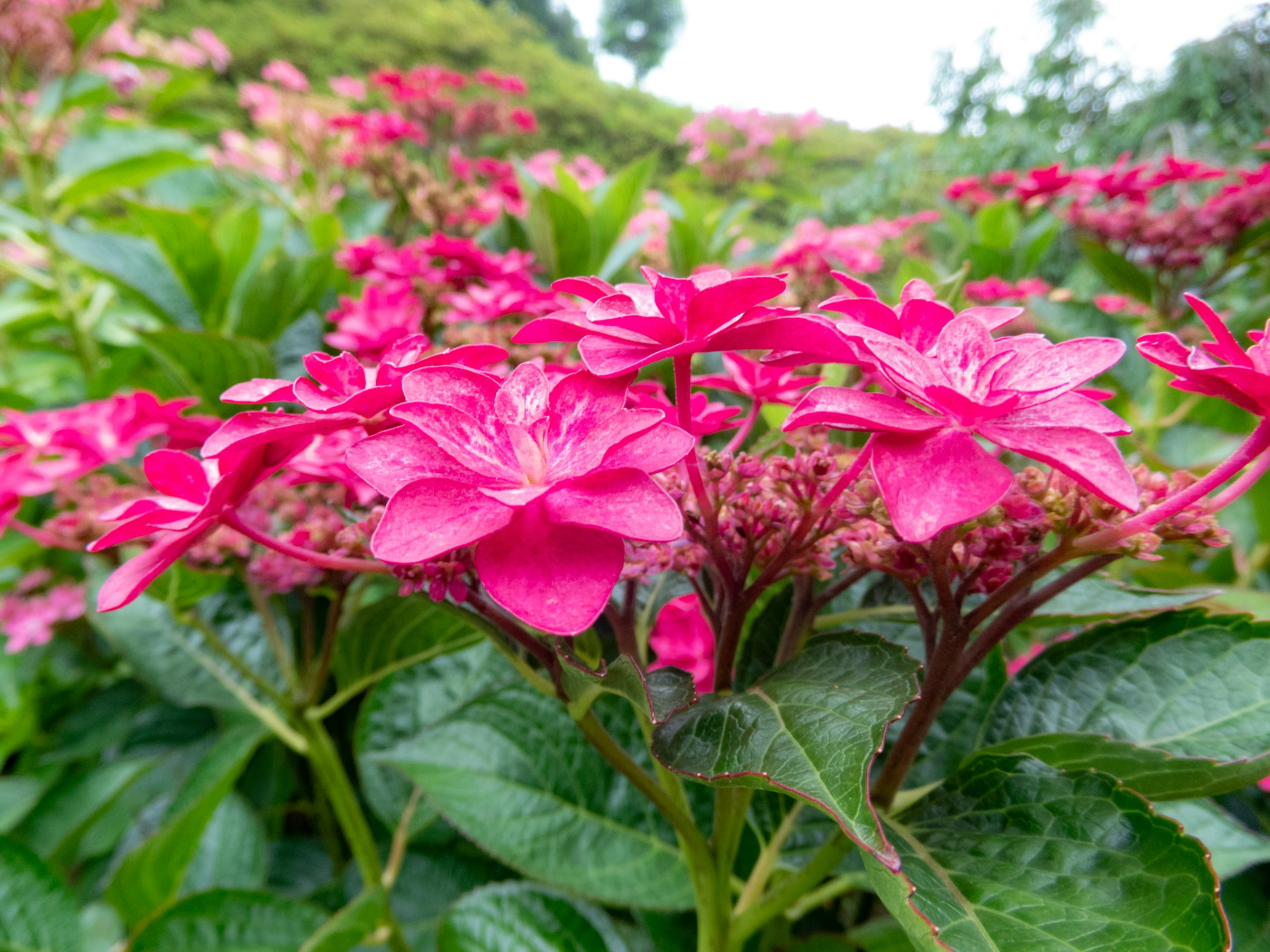
Introduction
We all know that pink flowers are the heart of any flower garden. Let’s take a look at the names of the top fourteen pink flowering trees in Florida.
Here are the names :-
- Azalea
- Crape Myrtle
- Lantana Shrub Verbena
- Salvias
- Coreopsis
- Oleander
- Pink Flowering Dogwood
- Hydrangea
- Jacobinia Pink
- Magnolia
- Pink Trumpet Tree
- Prunus Glandulosa
- Kawanjan Cherry
- Eastern Redbud
Feature Of Top 14 Pink Flowering Trees in Florida
Azalea

Azalea is one of the best pink-flowering trees in Florida, known for its beautiful pink color, plant form, and evergreen foliage. North and Central Florida pink flowers are best for Azalea growth, though some types of pink azaleas also grow well in South Florida.
Grow and Care for Azaleas
November to February is a good time for transplanting. You can use them in foundation plantings or in mass borders. Since they have open and sprawling growth habits, they are well-suited for informal landscape designs. If you want to plant large azaleas, they work best as background plants for lower plantings. On the other hand, low-growing azaleas are useful as foreground plantings. Areas with sunlight are best for Florida azaleas.
They should be exposed directly to early morning sun. Garden soil with a pH of 4.5 to 5.5 is ideal for azaleas. Well-drained and organic soil is also well-suited for them. A number of azaleas can be transplanted together to create a full planting. You can perform a soil test. If your soil has a lower pH, you can add peat, compost, or pine bark. Plant them 3-5 feet apart, keeping in mind that spacing varies according to the mature size of the cultivar.
Mulch the soil regularly to conserve water and reduce weed problems. Apply acid-forming fertilizers like 12-4-8 or 15-5-15 each season—spring, summer, fall, and winter. Use ¾ to 1½ pounds per 100 square feet. You should also apply micronutrients routinely. Pruning and propagation are important as well. Azaleas are susceptible to common diseases like petal blight, leaf gall, and various declines.
Crape Myrtle
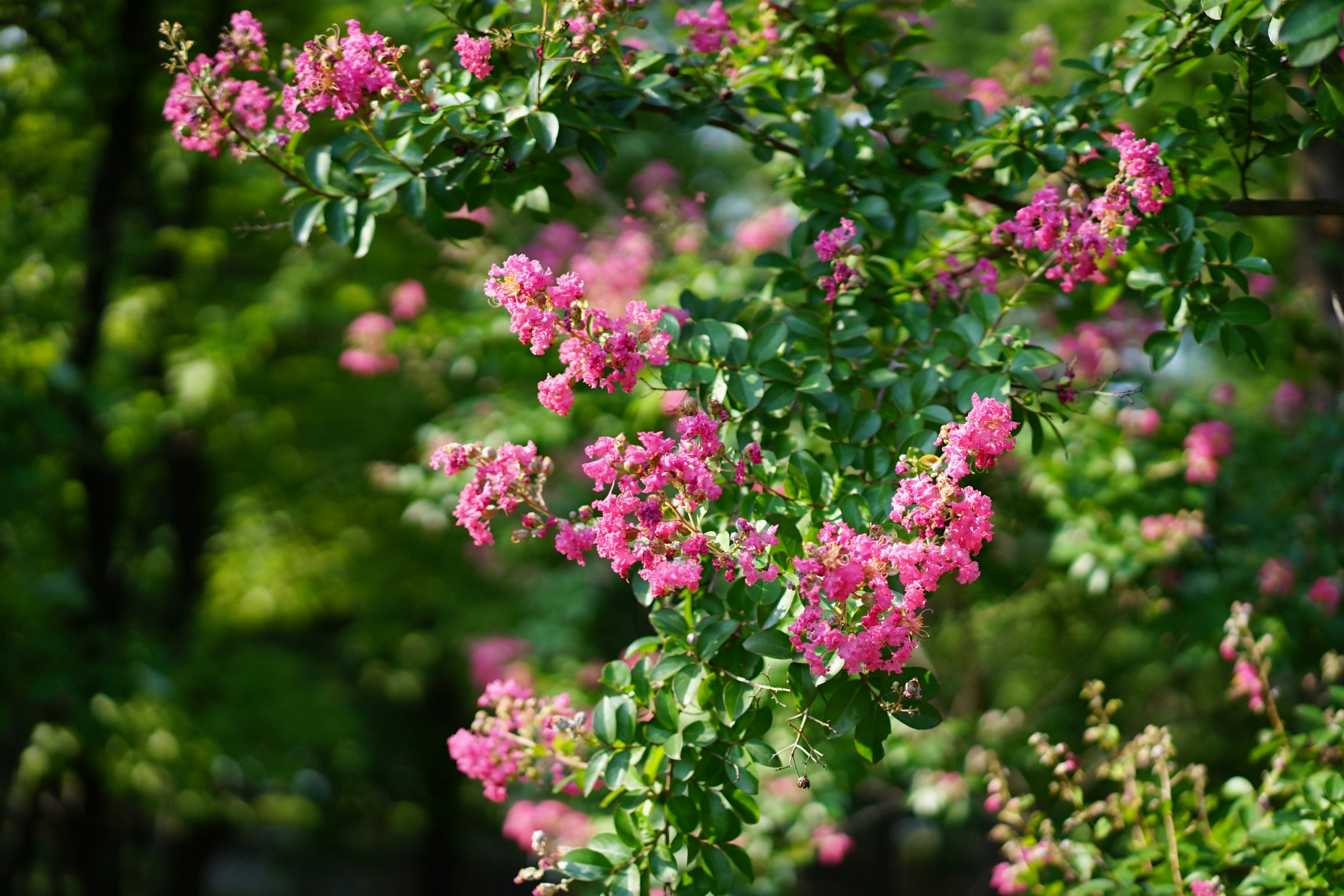
Crape Myrtle is famous as a pink-flowering tree in Florida. Crape Myrtle produces dazzling blooms all summer long, and in winter, the bark of these shrubs and small trees can add interest to your flower garden.
Grow and Care for Crape Myrtle
Crape Myrtle is well-adapted to both heat and drought. Select a crape myrtle that’s suited to your garden’s climate. Dwarf varieties reach less than four feet, while tree-sized varieties can grow to more than twenty feet. Pink-flowering varieties of crape myrtle are a perfect choice for your garden. Always choose a disease-resistant cultivar that performs well in Florida.
If you want a pink-flowering garden, consider planting ‘Comanche’ and ‘Miami,’ which produce dark pink flowers. They grow well in full sun. Irrigate newly planted crape myrtles regularly for the first few weeks. Extensive pruning is not necessary for crape myrtle. Following these ideas, you will be able to cultivate a beautiful crape myrtle or pink-flowering tree in Florida.
Lantana Shrub Verbena
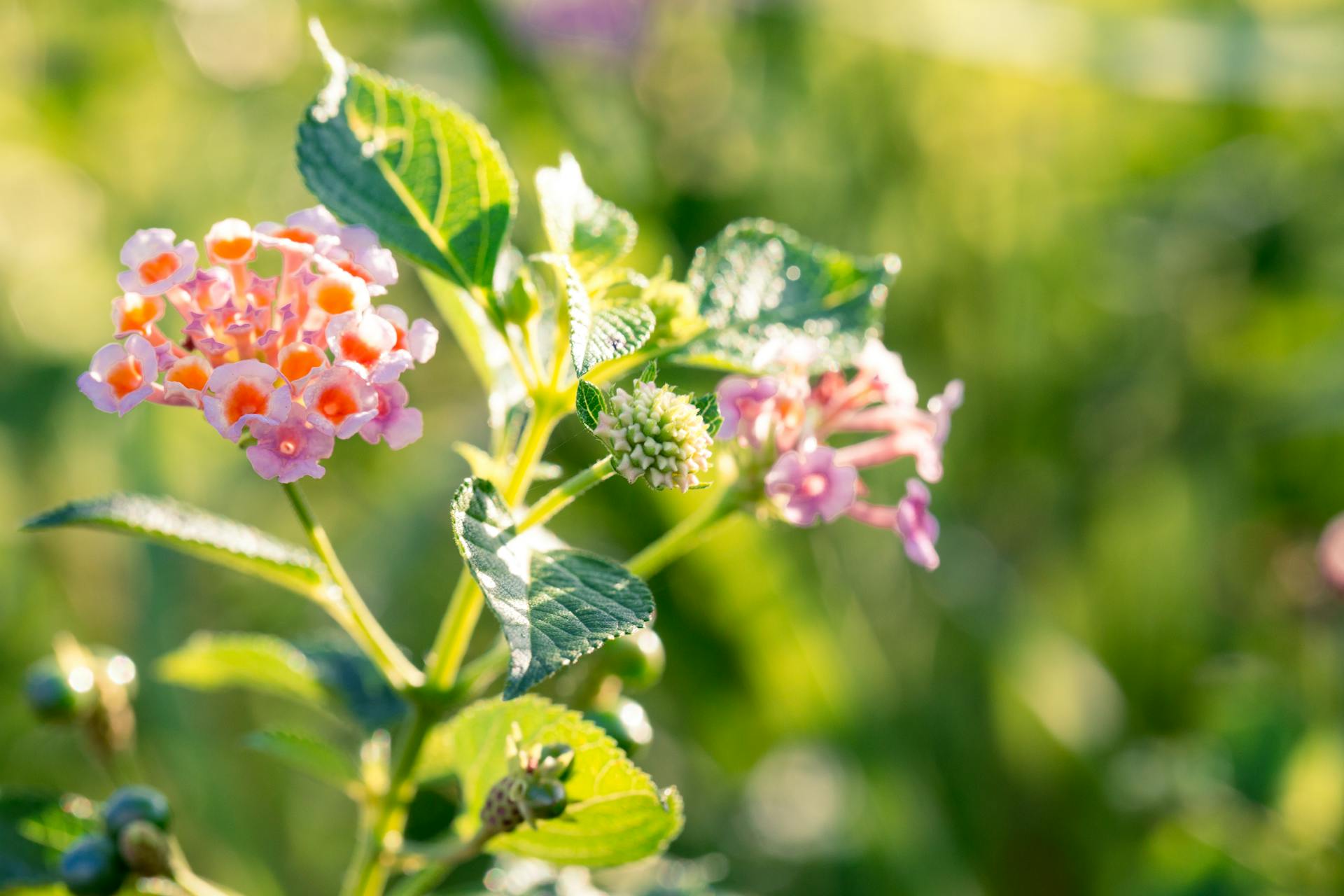
If you live in Florida and are thinking of planting a pink-flowering tree, I recommend the very beautiful pink flower called Lantana Shrub Verbena. Its botanical name is Lantana camara. These flowers can reach 6 feet in height and 6 feet in width.
Grow and Care for Lantana Shrub Verbena
Full sun is essential for Lantana Shrub Verbena. The soil in your garden should be well-drained, and the pH should be neutral. These flowers bloom in spring, summer, fall, and winter.
There are also some common issues in Lantana gardens, such as poor bloom, wilting foliage, and leaf drop. So, you need to maintain and care for them properly to get the best results.
Salvias
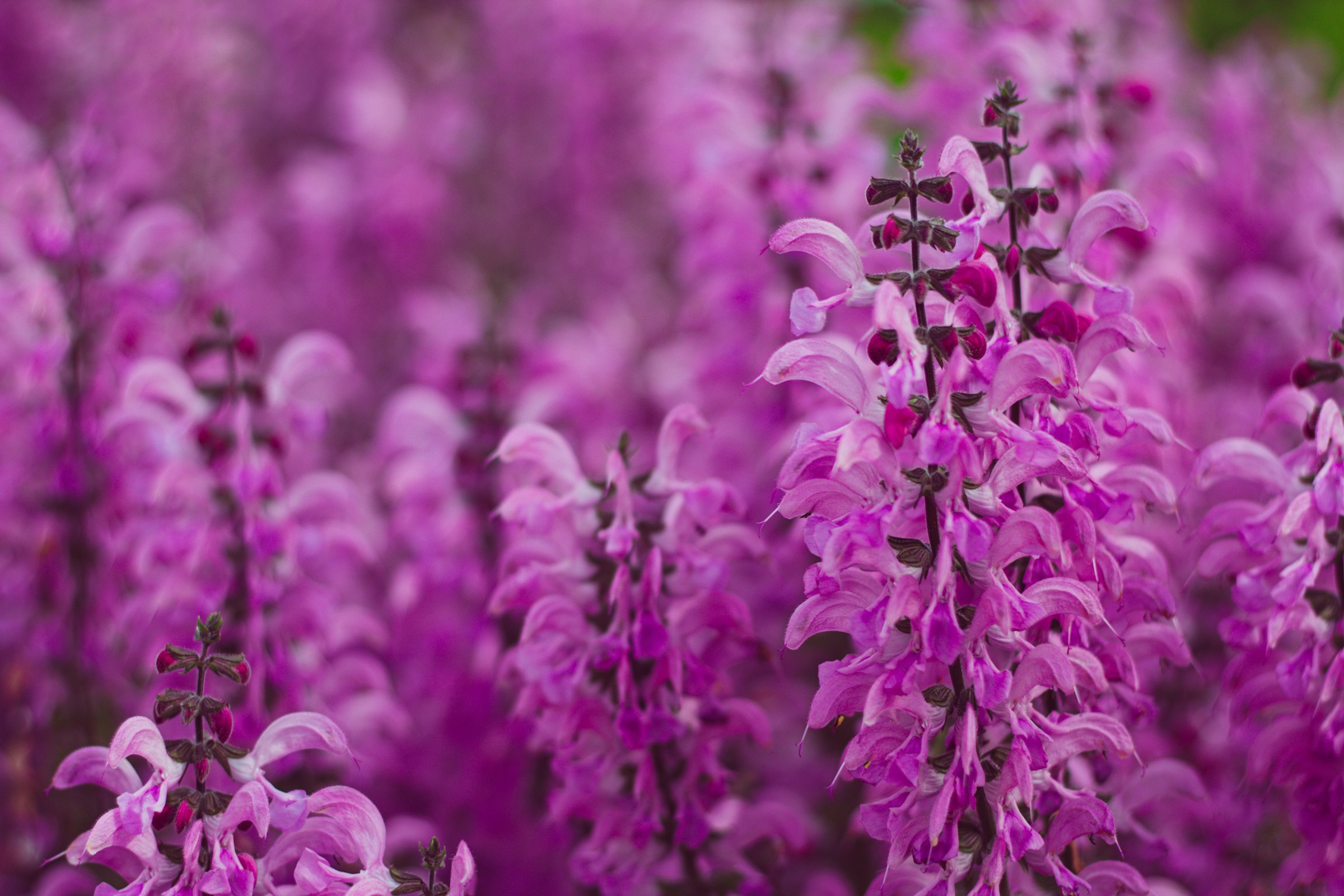
If you asked me about pink-flowering trees that are famous in Florida, I would advise you to plant Pink Salvias in your yard or garden because they have vibrant blooms and adapt well to various climates.
Grow and Care for Salvias
A warm climate is best for Salvias. As a pink-flowering plant in Florida, they are popular among gardeners. They generally prefer 6-8 hours of direct sunlight. Salvias don’t grow well in wet conditions, so you must ensure the soil is well-drained and has good drainage.
Plants should be spaced about 12-18 inches apart, depending on the variety. Water the plants thoroughly, but avoid over-watering, as this can lead to root rot.
A balanced, all-purpose fertilizer is recommended. Pruning is also helpful. Remove spent blooms regularly. Powdery mildew is a common disease for Salvias; to prevent this, avoid overhead watering and ensure good air circulation around the plants. Trim the plants back before new growth starts to promote a fuller shape.
Coreopsis
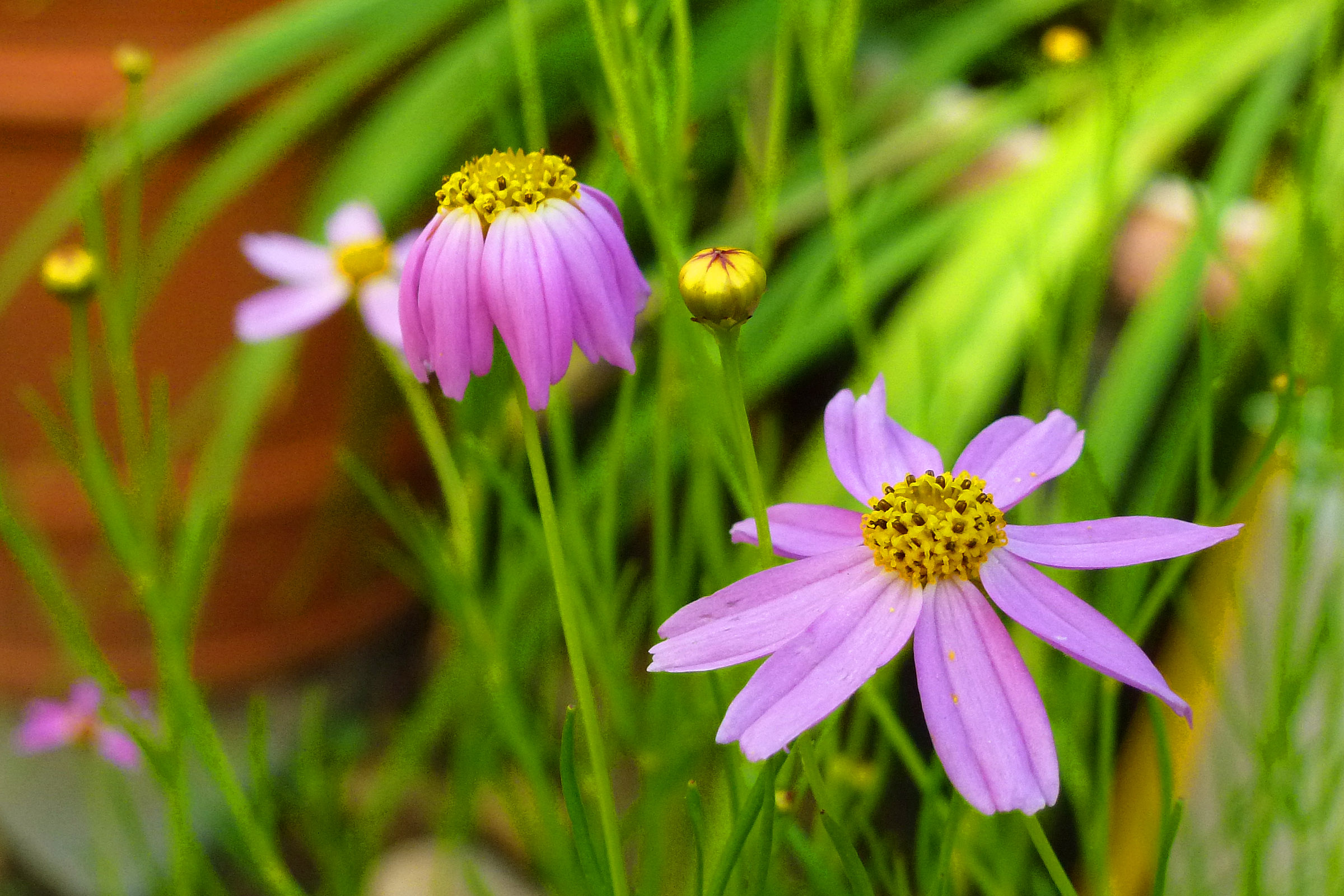
Pink Coreopsis is a beautiful pink flowering plant in Florida, also known as tickseed. It is a hardy and vibrant perennial that’s great for adding pink color to your garden.
Grow and Care for Coreopsis
A sunny spot is needed for Coreopsis. It prefers at least 6 hours of sunlight daily and well-drained soil. It’s important for the soil to be enriched with organic matter. Plants should be spaced about 12-18 inches apart. Loosen the soil and mix in compost to improve fertility and drainage. Dig a hole about twice the width and the same depth as the root ball.
Then place the plant in the hole and fill it with soil. Water the plant regularly. A balanced, all-purpose fertilizer is needed. Monitoring and proper watering can help prevent fungal diseases or mildew. By following these guidelines, Coreopsis can be a beautiful pink addition to your garden, bringing vibrant blooms from late spring to fall.
Oleander
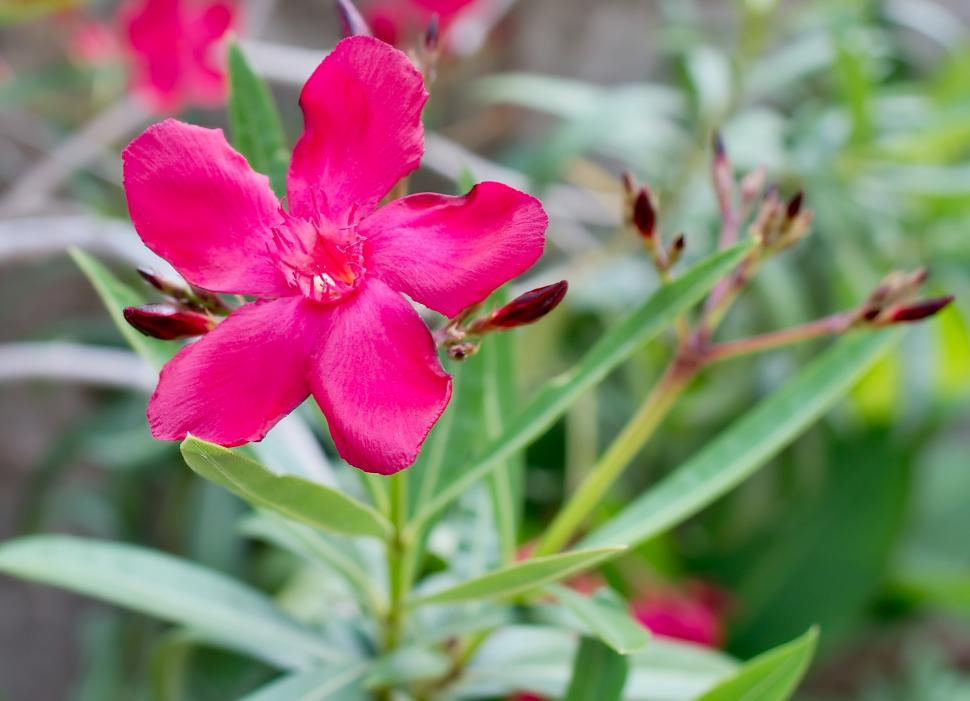
Pink Oleander can enhance the beauty of your garden with its fragrant blooms and evergreen foliage. Since it is hardy and able to tolerate drought, it’s suitable for warm climates.
Grow and Care for Oleander
Select well-drained soil; Oleander can also grow in sandy and loamy soils. Choose a location where it can get full sun, though it can tolerate partial shade as well. The soil in your garden should not be waterlogged or poorly drained. Water regularly during dry periods. A balanced fertilizer should be used. Protect Oleander from aphids, scale insects, and spider mites.
Allow proper spacing and good air circulation to prevent diseases like fungal issues. Prune Oleander before new growth begins, and remove any dead or damaged branches. You can shape the plant as desired. By following these guidelines, you can create a beautiful pink flowering Oleander garden in Florida.
Flowering Dogwood
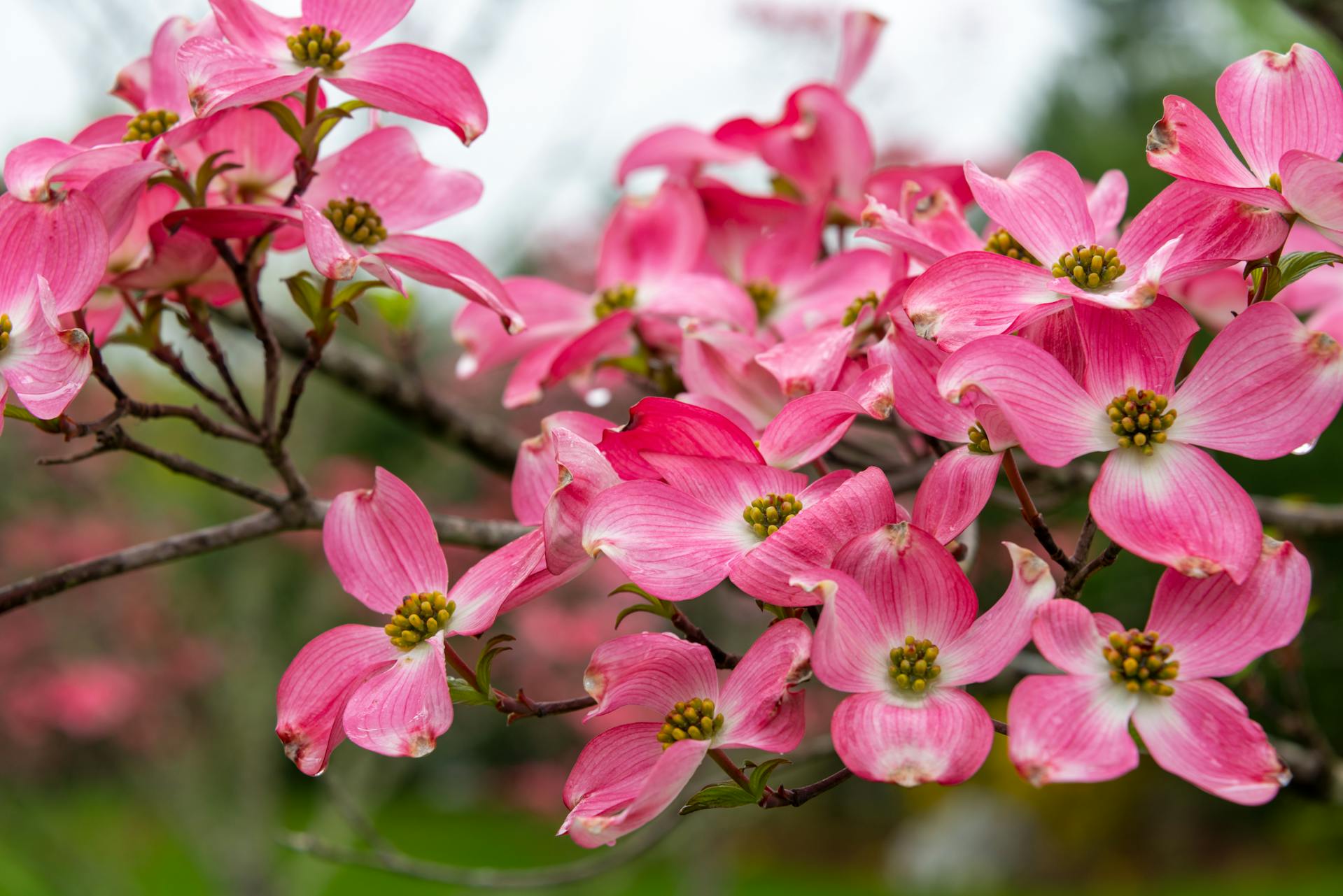
The Pink Flowering Dogwood can be a fantastic choice as a pink flowering trees in Florida. Its other name is Cornus florida. Its striking pink blooms can create a beautiful look in your gardens and landscapes.
Grow and Care for Pink Flowering Dogwood
Choose a location with partial shade to full sun. Well-drained, acidic to neutral soil is essential for Pink Flowering Dogwood, as it does not thrive in heavy, clay soils. Space the tree at least 15 to 25 feet away from buildings and other large plants. The soil should be kept consistently moist, particularly during the first few years after planting, while avoiding waterlogging. Prune after the blooming period to remove dead or crossing branches and to shape the tree.
A plus point is that Pink Flowering Dogwoods naturally have a good shape, so excessive pruning is not needed. In early spring, the trees should be fertilized with a balanced fertilizer or one formulated for flowering trees. Mulching is also important to conserve moisture, regulate soil temperature, and reduce weed competition. To prevent pests like aphids or scale insects and fungal diseases, ensure proper spacing and good air circulation. Regular monitoring is also important.
Hydrangea
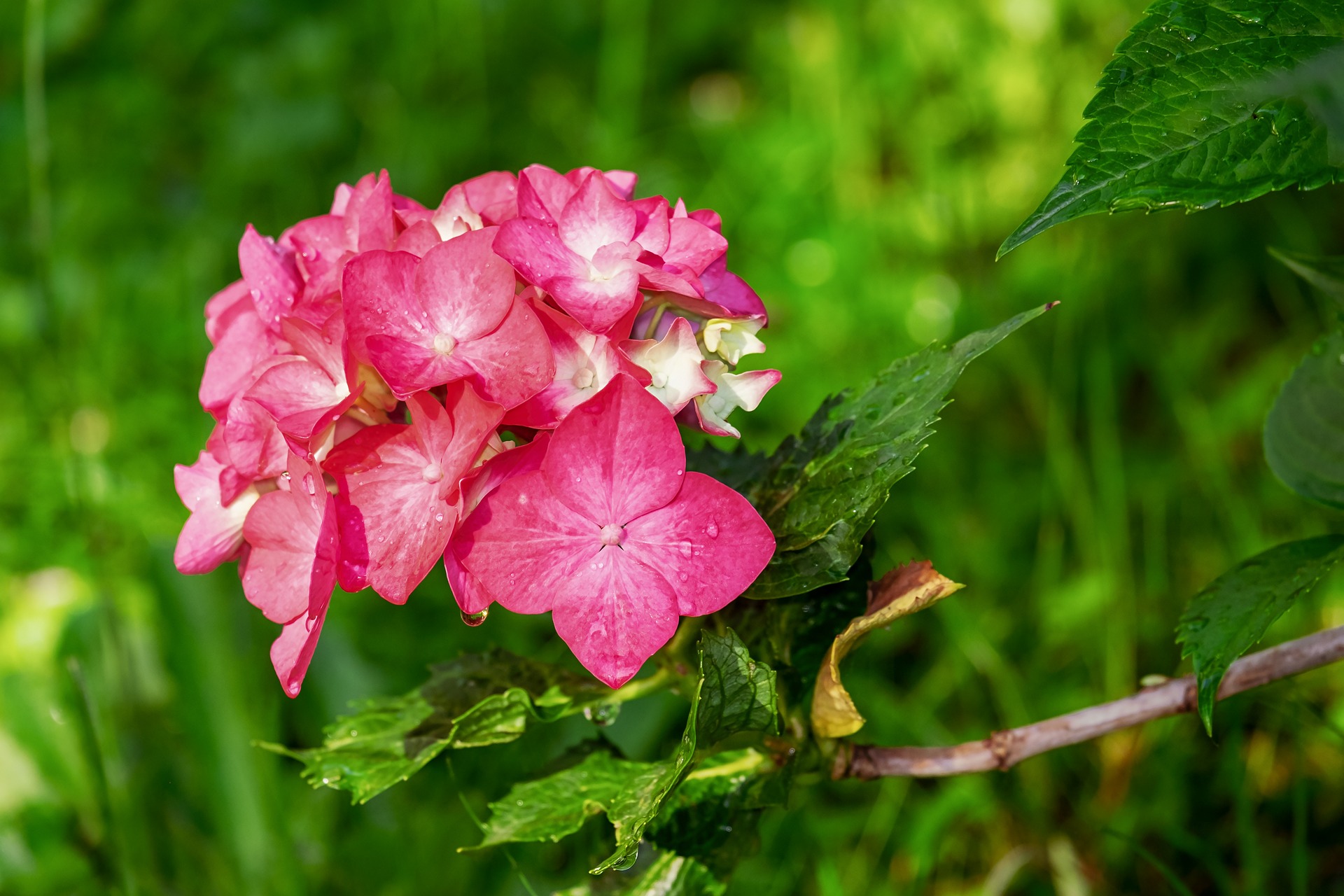
Pink Hydrangea is a perfect choice for your garden in Florida. This flower is a favorite among pink-flowering plants, with large, showy blooms that come in a range of colors.
Grow and Care for Hydrangea
First of all, select alkaline soil for beautiful pink flowers; other types of soil may not produce pink blooms. Too much direct sunlight is not ideal for Hydrangeas; they generally prefer morning sun and afternoon shade. Add organic matter to the soil and ensure it is well-drained and rich. Spring or fall is the perfect time for planting Hydrangeas. Depending on their variety, space them typically 3 to 10 feet apart. Water the soil regularly to keep it moist.
Mulching and pruning are also important for Hydrangea planting. A balanced, slow-release fertilizer should be used in the spring; follow the manufacturer’s instructions for this. Keep an eye on the plants for common pests like aphids or spider mites. Ensure good air circulation and avoid overhead watering to prevent fungal diseases. If you follow these guidelines, Hydrangeas can become a beautiful and long-lasting addition to your garden.
Related Topic: How to Grow and Care for Purple Hydrangeas
Jacobinia Pink
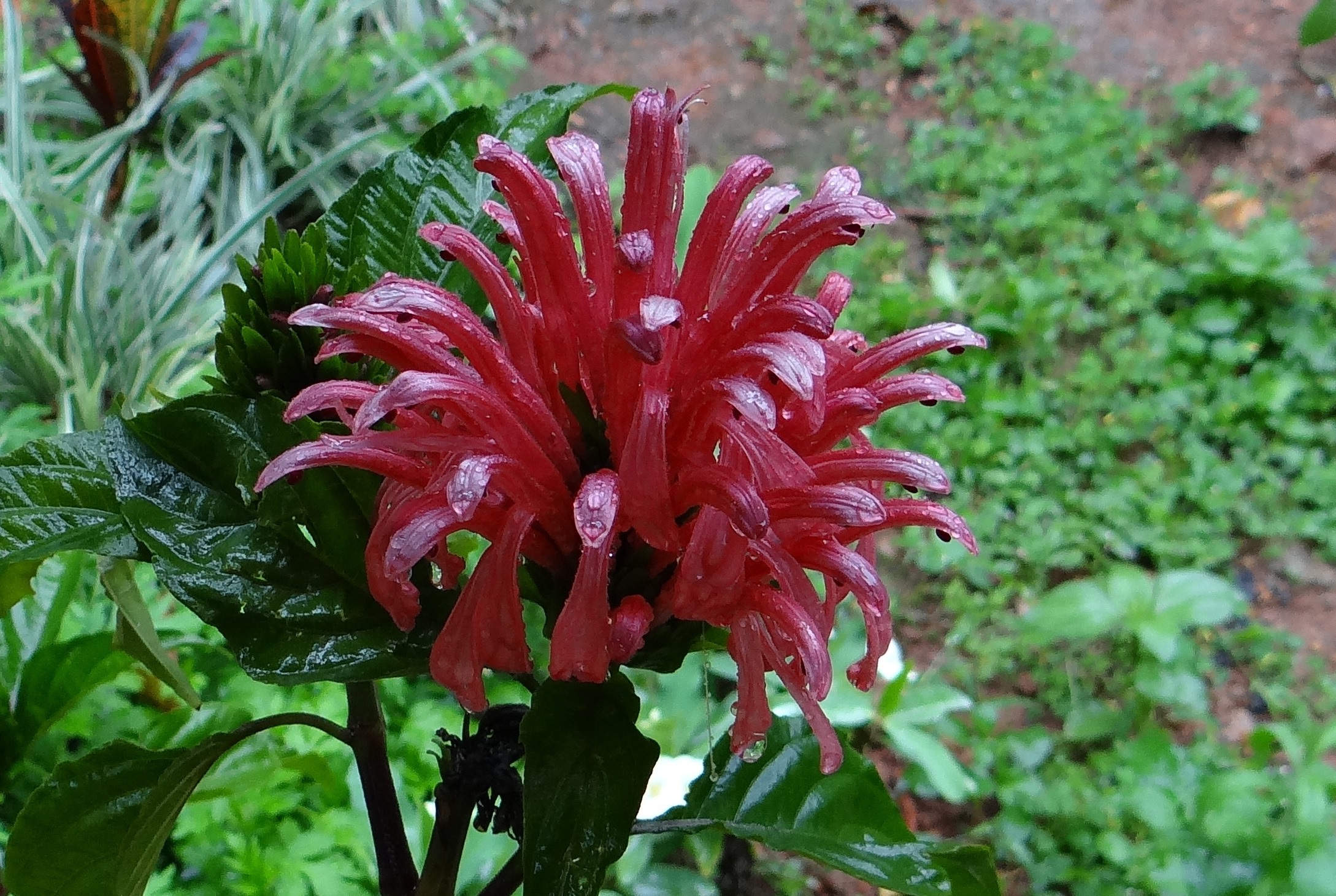
Jacobinia is popular for its vibrant pink flowers. It is often referred to as Justicia brandegeeana in Florida. The plant produces pinkish flowers that attract attention, and its lush green leaves complement the colorful blooms.
Grow and Care for Pink Jacobinia
For proper growth, Jacobinia prefers indirect sunlight, as it cannot tolerate too much direct sunlight. Select well-drained, rich soil. Keep the soil consistently moist, but it should not be waterlogged. A balanced fertilizer is useful for this purpose.
Jacobinia thrives in warm conditions. Regular pruning and mulching also help maintain its shape and encourage bushier growth. With proper care, Jacobinia can make a stunning addition as a pink-flowering tree in Florida.
Magnolia
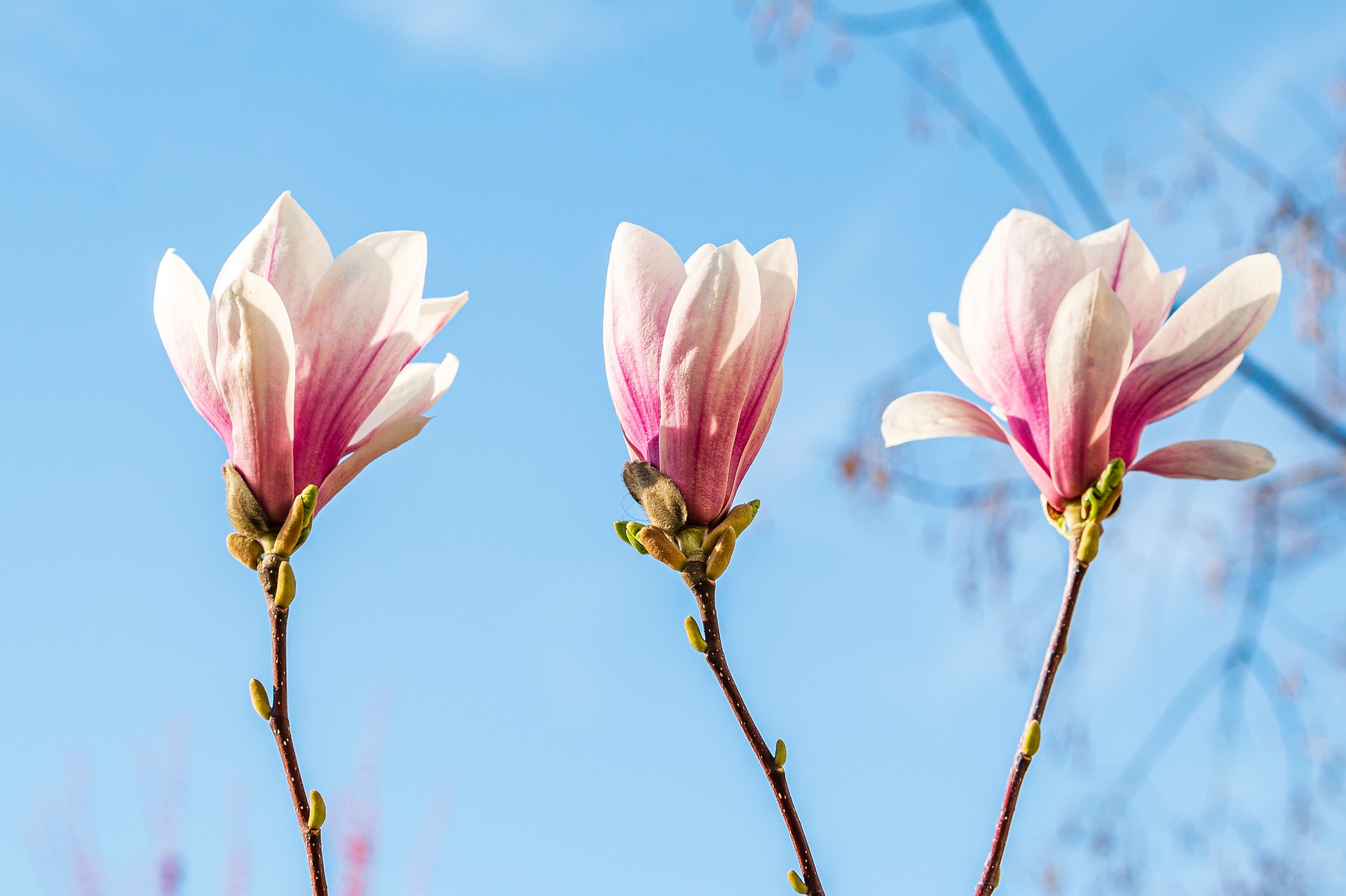
Magnolia flowers are very beautiful and famous as pink-flowering trees in Florida. They can be a stunning addition to any Florida garden, providing both beauty and shade to your flower garden.
Grow and Care for Magnolia
First, choose the best type of Magnolia. You can select Southern Magnolia or Sweetbay Magnolia, which are popular choices in Florida. Magnolia prefers full sun to partial shade. Select well-drained, acidic soil.
Regular watering is essential, especially during dry spells. Pruning is needed after flowering. Use a balanced fertilizer in the spring to promote healthy growth and flowering. Monitoring is important to prevent pests and other problems.
Pink Trumpet Tree
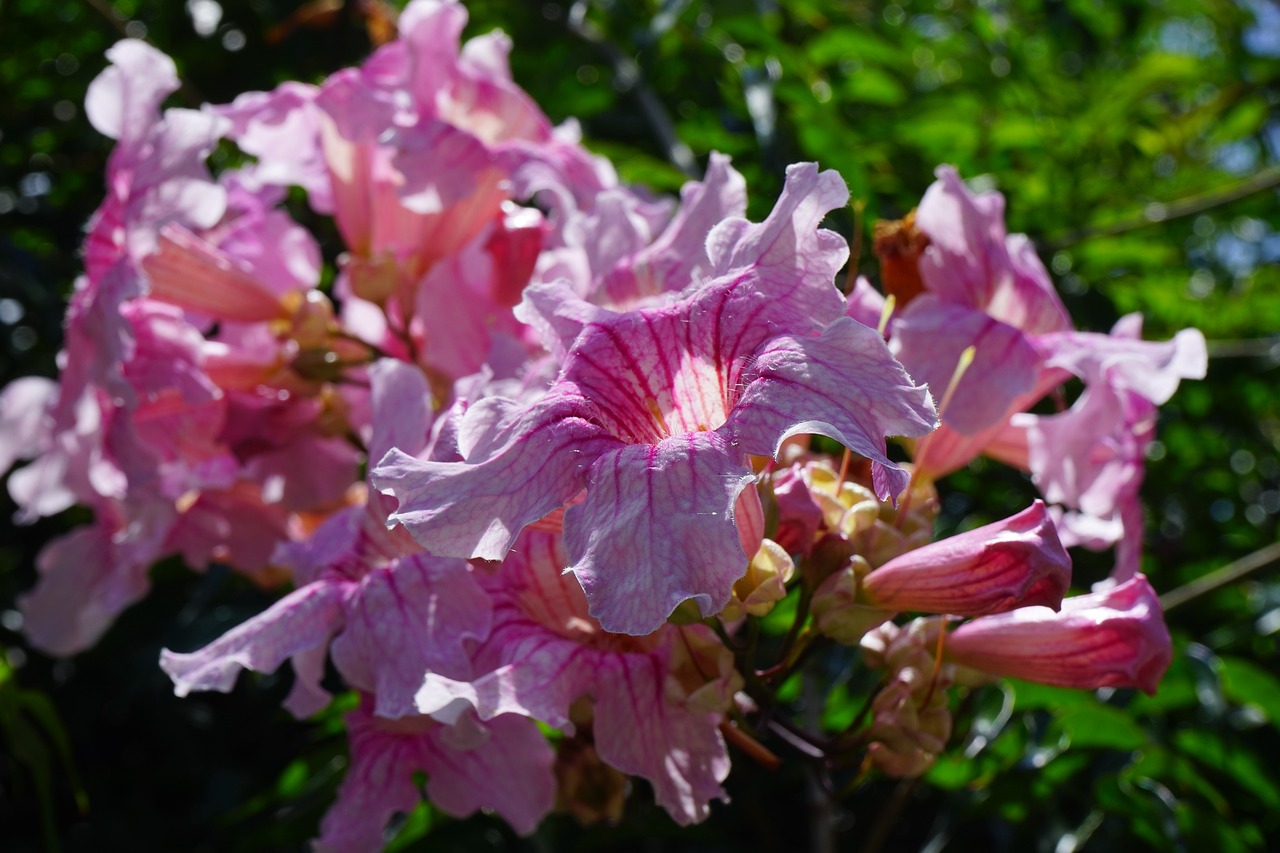
The Pink Trumpet Tree is also known as Tabebuia impetiginosa. Its vibrant pink blossoms easily attract attention.
Growing and Caring for Pink Trumpet Tree
The ideal time for planting is spring or early fall. They thrive best in full sun. Select well-drained soil, with sandy or loamy soil being the best for the Pink Trumpet Tree. USDA zones 9-11 are most suitable, and they prefer a warm climate. Allow enough space, ideally 25-30 feet apart. Water regularly during the first year, and once established, the tree becomes drought-tolerant. During the growing season, use a balanced fertilizer to promote healthy growth. To maintain the shape, prune the tree properly. Pruning also helps remove dead or damaged branches.
Pests and Diseases
Aphids and fungal issues can damage your plant, so it’s important to monitor them regularly. Good air circulation is also helpful in preventing disease.
Prunus Glandulosa
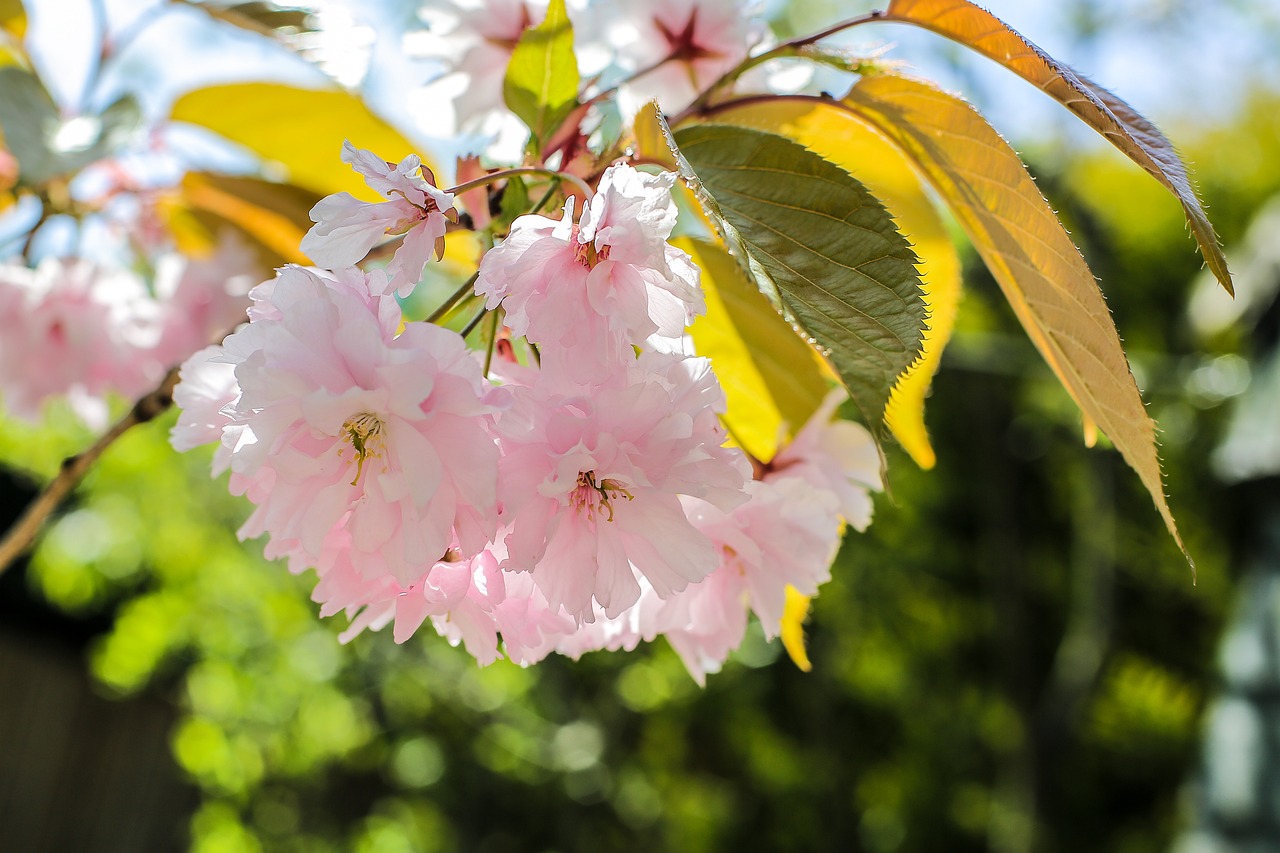
Prunus glandulosa (Chinese Bush Cherry) is a small, deciduous shrub. It is popular for its beautiful early spring flowers. It typically grows 3-6 feet tall and can spread 4-6 feet wide. Its clusters of fragrant pink to white flowers are very beautiful and attractive. Prunus glandulosa is an excellent choice for small gardens or as a decorative hedge due to its charming blooms and compact size.
Growing and Planting
Prunus glandulosa can thrive in full sun to partial shade. Like other flowering plants, well-drained, loamy soil is best for Prunus glandulosa, but it is adaptable to various soil types. Moderate moisture helps for healthy growth. Avoid waterlogged conditions to prevent root rot. Spring and fall are the best times for planting, and the space between plants should be about 3-6 feet apart for a natural look. Proper spacing can also create a hedge.
Watering is also important. You must water regularly, especially during dry spells. Apply a balanced fertilizer in early spring to promote growth. On the other hand, prune after flowering to maintain shape and remove dead or crossing branches.
Pests and Diseases
There are not many pest issues, as Prunus glandulosa is resistant to pests. However, always monitor for aphids and fungal diseases. Good air circulation and proper watering can help prevent these issues.
Kwanzan Cherry
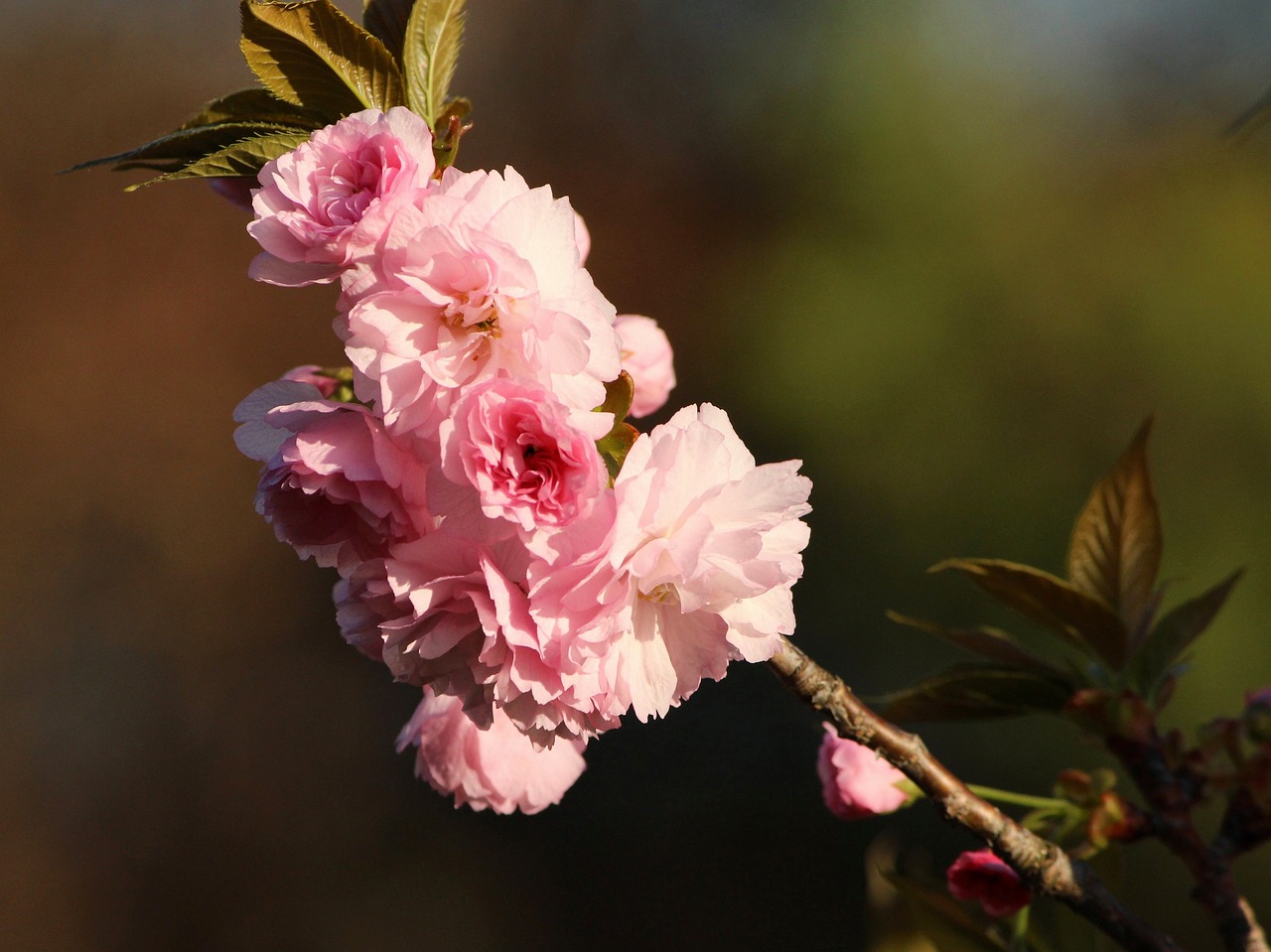
Kawanjan Cherry, known as Prunus serrulata ‘Kanzan’, is a popular ornamental cherry tree. It is famous for its stunning double pink flowers. You can use Kawanjan Cherry for streetscapes, providing beautiful seasonal interest. They typically grow 20-30 feet tall and can reach a width of 15-25 feet. Abundant double pink blossoms are produced in spring, creating a spectacular display.
Growing and Caring
Select a location with full sun for optimal blooming. Kawanjan Cherry is adaptable to various soil types but thrives best in well-drained, loamy soil. Moderate moisture is essential, and you must avoid overly wet conditions.
The best time for planting is in spring or fall. When planting, space trees about 20-30 feet apart to allow for mature growth. Water the plants regularly during dry spells, especially in the first few years. For proper growth, you can apply a balanced fertilizer in early spring. Pruning should be done after flowering to remove any dead or crossing branches.
Pests and Diseases
Pests like aphids can attack Kawanjan Cherry. You should monitor the plants regularly for pests. Powdery mildew can also damage the plants. Ensure good air circulation to help prevent these issues. Good air circulation and proper monitoring can solve most problems. Don’t worry—this flower plant is generally resilient.
Eastern Redbud
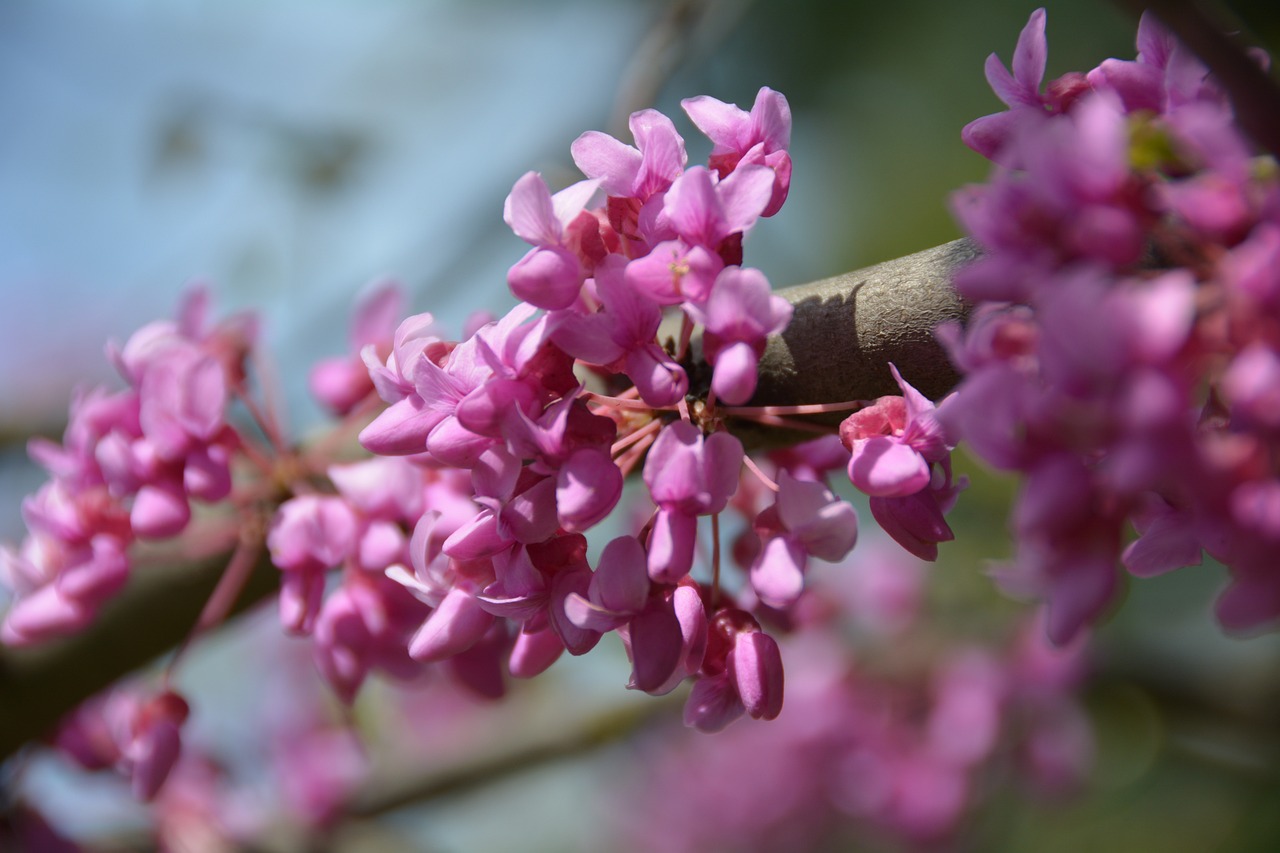
The Eastern Redbud is also known as Cercis canadensis. It is a small deciduous tree native to eastern North America. This is one of the pink-flowering trees in Florida. Its striking pink to purple flowers bloom in early spring, attracting everyone. The flowers often appear before the leaves emerge. They typically grow 20 to 30 feet tall.
The leaves are heart-shaped, green in the summer, and turn yellow in the fall. They also produce fruit—flat, pod-like seed pods that mature in late summer. The tree grows well in well-drained soil and can thrive in various light conditions. Remember that it flourishes in full sun to partial shade. Its ornamental beauty and ability to attract pollinators make it a popular choice.
Frequently Asked Questions-
- Which is the best place to plant Dogwood?
Dappled shade areas, where taller shade trees protect from direct sunlight, are the best place for dogwood trees. Dogwood can also be planted in areas where shade is provided by a nearby building. Ensure access to water.
- How can I prevent Dogwood Anthracnose?
Dogwood anthracnose is caused by the fungus Discula destructiva. You can protect your dogwood by planting them in late spring when warmer temperatures will help kill the fungus, which thrives in cooler, wet conditions.
- Can you give me some knowledge about drought-tolerant plants?
Of course! Drought-tolerant plants can survive with minimal water. If your climate is dry or you experience low water availability, dogwoods are perfect for your garden. There are many varieties of drought-tolerant plants, such as succulents, lavender, sedum, echinacea, native grasses, and rosemary. Consider grouping plants with similar water needs and use mulch to retain moisture.
- Which are fragrant flowers?
Flowers with lovely scents are considered fragrant flowers. Some examples include roses, jasmine, lavender, gardenia, peonies, lilacs, and honeysuckle. You can plant them together to create a delightful sensory experience in your garden.
- What are the benefits of cherry trees?
Cherry blossoms have many benefits. They are iconic in the spring and create stunning displays in your garden. Cherry blossoms attract pollinators and birds, especially if they bear fruit. They also attract butterflies.
- Can you tell me about Florida landscapes?
Florida landscapes are a mix of coastal features, wetlands, and diverse ecosystems, such as beaches, wetlands, lakes, rivers, forests, islands, and keys.
- What are the most important things for tree growing?
To grow a tree, first choose the right type of tree, then select a suitable location. Plant the tree in the appropriate soil and sunlight conditions. Dig a hole and place the tree, ensuring the root collar is level with the ground. Fill in with soil and water thoroughly. Water regularly and mulch if needed. Pruning is also important to remove dead or damaged branches and to shape the tree. Monitor trees for pests and diseases.
- Is Loblolly Bay native to Florida?
Yes, Loblolly Bay is a native Florida tree. It is famous for its beautiful white flowers. Its evergreen leaves are lustrous green and drop irregularly throughout the year, turning bright red before falling off. Loblolly Bay is also known as Gordonia lasianthus.
- What tree is native to Florida?
Among small trees, the Redbud is native to Florida. It puts on an amazing show each spring with a beautiful display of pink flowers in Central and North Florida.
Conclusion
Incorporating pink flowering trees into Florida landscapes can enhance beauty. They also provide ecological and practical benefits. By following the proper guidelines and regulations, you can create a beautiful pink flower garden in Florida.

One Response